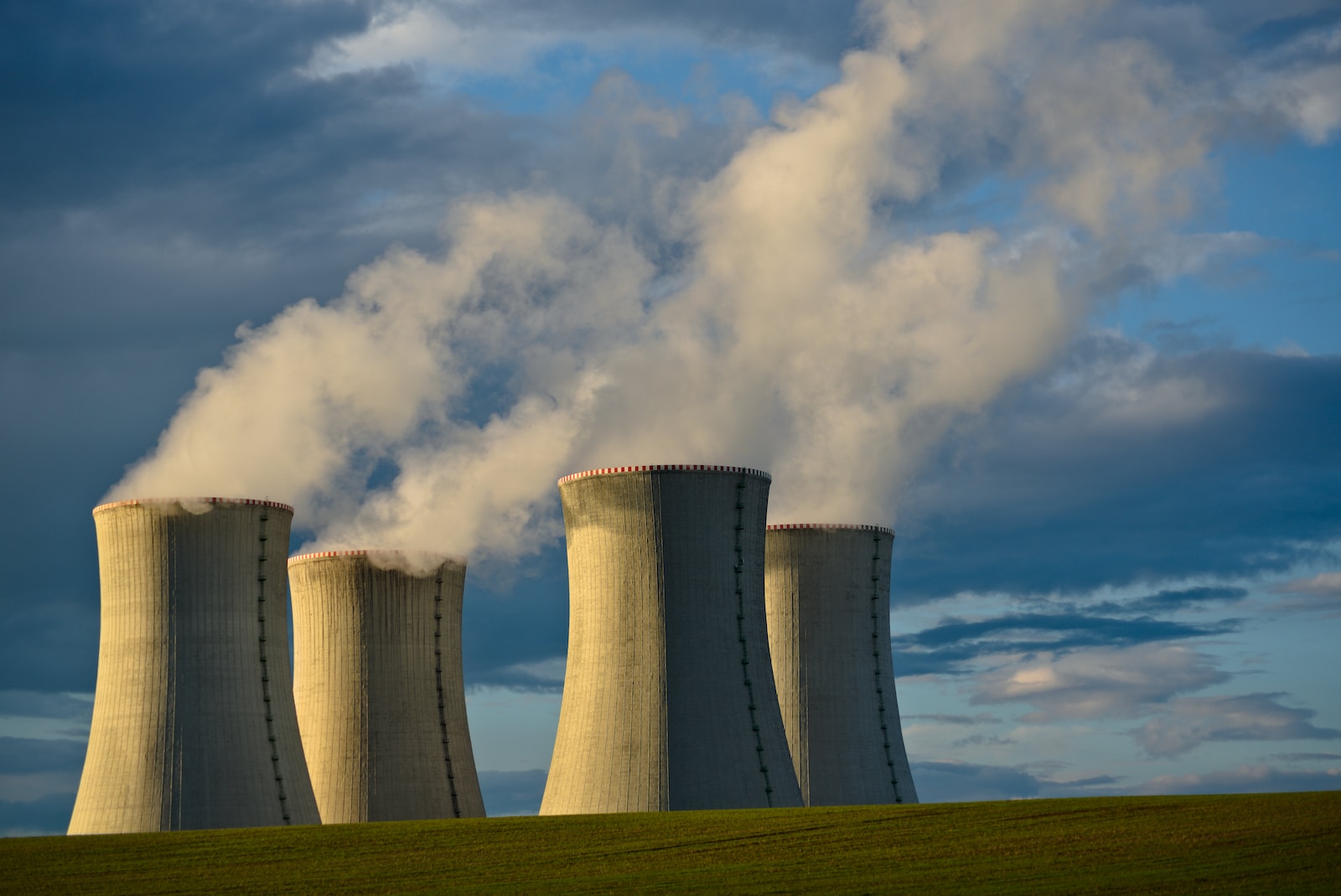Table of Contents
ToggleIntroduction:
Germany’s decision to phase out nuclear power has been a controversial topic for many years. The country has now shut down its last nuclear power plants, with the aim of transitioning to renewable energy sources. In this article, we will explore the reasons for the nuclear phase-out, its impact on energy production and the environment, and the challenges and opportunities it presents.
Reasons for the Nuclear Phase-Out
The decision to phase out nuclear power in Germany was made in the aftermath of the Fukushima disaster in Japan in 2011. The German government decided to accelerate its plans to transition to renewable energy sources and set a target to phase out nuclear power by 2022. This decision was also driven by concerns over nuclear waste storage, safety, and the high cost of maintaining nuclear power plants.
Impact on Energy Production
The nuclear phase-out has had a significant impact on energy production in Germany. Nuclear power accounted for about 10% of the country’s electricity generation, and the phase-out has led to a shift towards renewable energy sources such as wind and solar power. This shift has presented both challenges and opportunities, including the need for new infrastructure and storage solutions.
Impact on Climate and the Environment
The nuclear phase-out is expected to have a positive impact on climate change and the environment. Nuclear power has a low carbon footprint, but it also produces nuclear waste that can remain radioactive for thousands of years. The phase-out of nuclear power is expected to reduce the risk of nuclear accidents and the amount of nuclear waste generated.
Challenges and Opportunities
The nuclear phase-out presents both challenges and opportunities for Germany. One of the main challenges is the need for new infrastructure and storage solutions to support the transition to renewable energy sources. However, the phase-out also presents opportunities for innovation and investment in renewable energy technologies.
Latest Developments
Germany’s nuclear phase-out has been a topic of ongoing debate and discussion. The country has faced criticism from some scientists and experts who argue that the phase-out will lead to an increase in greenhouse gas emissions and energy prices. However, the government has remained committed to its plans and has emphasized the importance of investing in renewable energy sources.
Conclusion:
Germany’s nuclear phase-out is a significant decision with far-reaching implications for energy production, climate change, and the environment. While the transition to renewable energy sources presents challenges, it also presents opportunities for innovation and investment. It is up to all of us, from individuals to governments, to work together to ensure a sustainable and clean energy future.
FAQs
1. Why is Germany against nuclear power?
Germany has a long history of opposition to nuclear power, which has been driven by concerns over safety, nuclear waste disposal, and the high cost of maintaining nuclear power plants. The Fukushima disaster in Japan in 2011 also played a significant role in shaping public opinion and government policy towards phasing out nuclear power in Germany.
2. Is Germany going nuclear?
No, Germany is not currently pursuing nuclear power as part of its energy mix. The country has committed to phasing out nuclear power and transitioning to renewable energy sources.
3. How many nuclear power plants does Germany have?
As of April 2023, Germany has shut down all of its nuclear power plants. The last three nuclear power plants were shut down recently (2023), marking the end of nuclear power generation in the country.
4. Does Germany have nuclear weapons?
No, Germany does not have nuclear weapons. The country is a signatory to the Nuclear Non-Proliferation Treaty and has committed to the peaceful use of nuclear energy.
5. What are the nuclear power plants in Germany?
Germany used to have several nuclear power plants, but as of April 2023, all of them have been shut down. Some of the nuclear power plants that were in operation include Isar, Neckarwestheim, and Grafenrheinfeld.
6. How is Germany involved in nuclear power in Ukraine?
Germany is not directly involved in nuclear power in Ukraine. However, the country has been supportive of efforts to improve nuclear safety and security in Ukraine, particularly in the aftermath of the Chernobyl disaster.
7. Why is Germany phasing out nuclear power?
Germany is phasing out nuclear power for several reasons, including concerns over safety, nuclear waste disposal, and the high cost of maintaining nuclear power plants. The Fukushima disaster in Japan in 2011 also played a significant role in shaping public opinion and government policy towards phasing out nuclear power in Germany.
8. What is the reaction to Germany shutting down nuclear power plants?
The reaction to Germany shutting down nuclear power plants has been mixed. Some scientists and experts have criticized the decision, arguing that it will lead to an increase in greenhouse gas emissions and energy prices. However, many environmental and anti-nuclear groups have praised the decision, citing concerns over safety and nuclear waste disposal.
9. Where were the nuclear power plants located in Germany?
The nuclear power plants in Germany were located in various regions throughout the country, including Bavaria, Baden-Württemberg, Lower Saxony, and Schleswig-Holstein.







